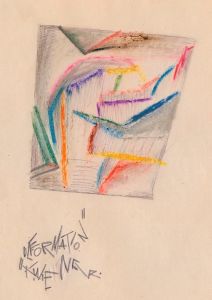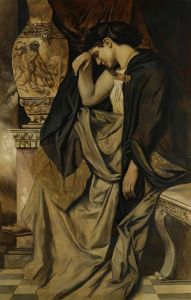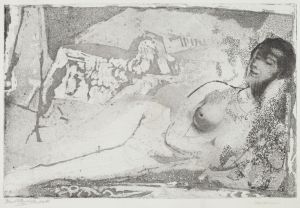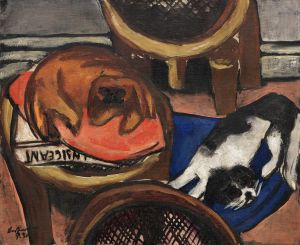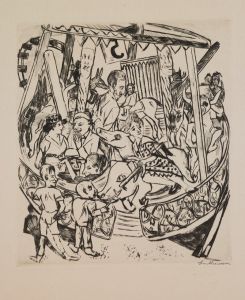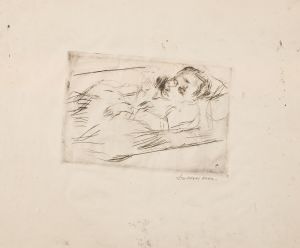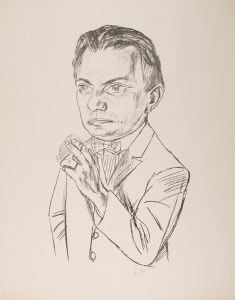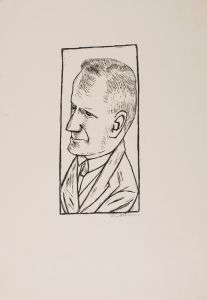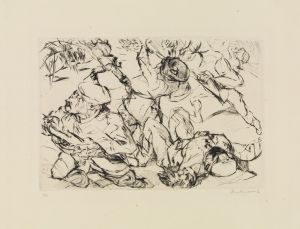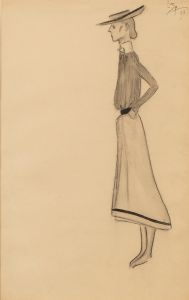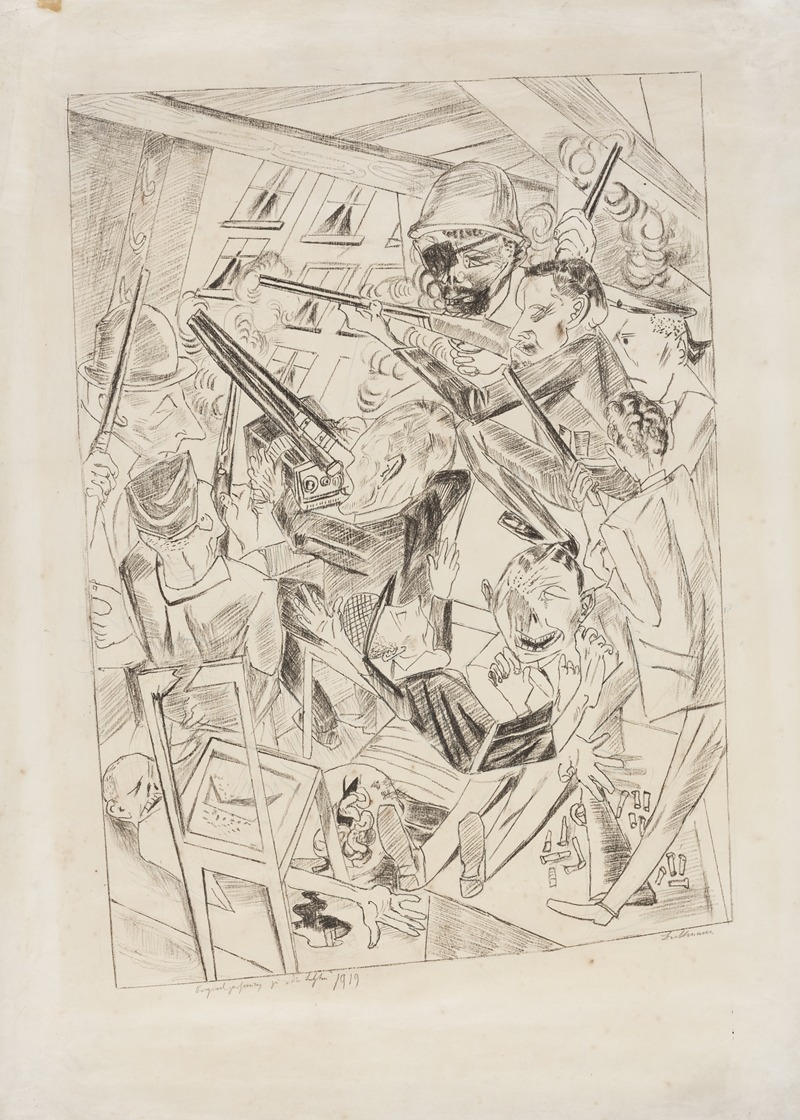
Die Letzten
A hand-painted replica of Max Beckmann’s masterpiece Die Letzten, meticulously crafted by professional artists to capture the true essence of the original. Each piece is created with museum-quality canvas and rare mineral pigments, carefully painted by experienced artists with delicate brushstrokes and rich, layered colors to perfectly recreate the texture of the original artwork. Unlike machine-printed reproductions, this hand-painted version brings the painting to life, infused with the artist’s emotions and skill in every stroke. Whether for personal collection or home decoration, it instantly elevates the artistic atmosphere of any space.
Max Beckmann's painting "Die Letzten" (translated as "The Last Ones") is a significant work in the oeuvre of the German painter, who is renowned for his contributions to the Expressionist movement. Beckmann, born in 1884 in Leipzig, Germany, is often associated with the New Objectivity movement, which emerged in the Weimar Republic as a reaction against Expressionism. His works are characterized by their bold forms, intense colors, and often complex, symbolic content.
"Die Letzten" was painted in 1942, during a tumultuous period in Beckmann's life. At this time, Beckmann was living in Amsterdam, having fled Germany in 1937 after the Nazi regime condemned his work as "degenerate art." The painting reflects the artist's response to the political and social upheavals of the time, as well as his personal experiences of exile and displacement.
The composition of "Die Letzten" is typical of Beckmann's mature style, featuring a densely packed scene with multiple figures. The figures in the painting are rendered with Beckmann's characteristic use of strong outlines and vivid colors, creating a sense of tension and drama. The painting's title, "The Last Ones," suggests themes of finality and existential reflection, which are common in Beckmann's work during this period.
Beckmann's use of symbolism in "Die Letzten" is open to interpretation, but it often reflects his preoccupation with the human condition and the complexities of modern life. The figures in the painting may be seen as representing the struggles and anxieties of individuals living through the chaos of World War II. Beckmann's work frequently explores themes of alienation, identity, and the search for meaning in a world marked by conflict and change.
The painting is also notable for its technical execution. Beckmann's mastery of form and color is evident in the way he constructs the scene, using a combination of sharp lines and contrasting hues to create a dynamic and emotionally charged image. His ability to convey psychological depth and narrative complexity through visual means is a hallmark of his artistic style.
"Die Letzten" is housed in a private collection, and as such, it is not as widely accessible as some of Beckmann's other works. However, it remains an important piece within his body of work, offering insight into the artist's response to the historical events of his time and his ongoing exploration of existential themes.
Max Beckmann's legacy as a painter is marked by his ability to capture the essence of the human experience through his art. "Die Letzten" stands as a testament to his skill and vision, reflecting both the personal and universal aspects of life during a period of profound change and uncertainty.





